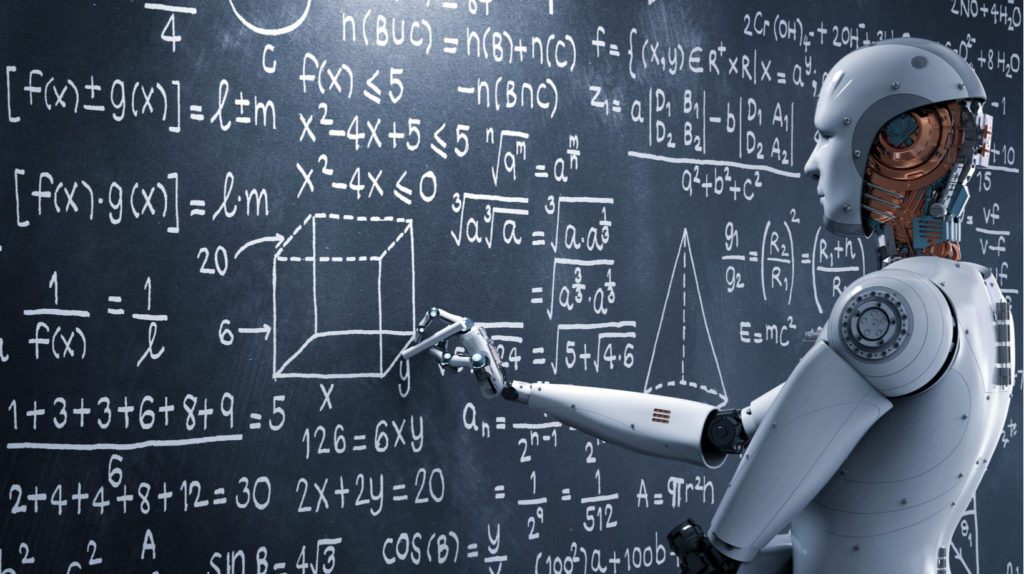In the realm of technology, one of the most captivating and transformative developments in recent years is the advent of machine learning. This fascinating field of artificial intelligence (AI) empowers computers to learn from data and make predictions or decisions without explicit programming. In this blog, we’ll delve into the enchanting world of machine learning, exploring the magic behind AI algorithms and their ability to predict and solve complex problems.
The Foundation of Machine Learning:
At its core, machine learning is built on the foundation of data. The more data an algorithm has access to, the better it can identify patterns, make predictions, and adapt to changing circumstances. The magic lies in the algorithm’s ability to automatically improve its performance over time as it processes more data.
Types of Machine Learning:
There are various approaches to machine learning, but they generally fall into three main categories:
- Supervised Learning:
- In supervised learning, the algorithm is trained on a labeled dataset, where each input is paired with the corresponding output.
- The model learns to map inputs to outputs, making predictions on new, unseen data based on the patterns learned during training.
- Unsupervised Learning:
- Unsupervised learning involves working with unlabeled data, and the algorithm must find patterns or relationships within the data on its own.
- Clustering and dimensionality reduction are common techniques used in unsupervised learning.
- Reinforcement Learning:
- Reinforcement learning is akin to teaching a computer to make decisions by trial and error.
- The algorithm learns from interactions with an environment, receiving positive or negative feedback based on its actions.
The Magic Unveiled: How AI Predicts:
- Pattern Recognition:
- Machine learning algorithms excel at recognizing complex patterns within vast datasets that may elude human perception.
- These patterns become the basis for predictions, allowing AI systems to anticipate outcomes with remarkable accuracy.
- Feature Extraction:
- Algorithms identify relevant features in the data, which are the characteristics that contribute most to making accurate predictions.
- Feature extraction is crucial for simplifying complex information and improving the efficiency of machine learning models.
- Model Training:
- During the training phase, the algorithm adjusts its internal parameters to minimize the difference between its predictions and the actual outcomes in the training data.
- This iterative process refines the model’s ability to generalize and make accurate predictions on new, unseen data.
Solving Complex Problems:
Machine learning’s magic extends beyond prediction; it’s a powerful tool for solving intricate problems across various domains:
- Healthcare:
- AI algorithms analyze medical data to predict disease outcomes, recommend treatment plans, and enhance diagnostic accuracy.
- Finance:
- Predictive models in finance assess market trends, manage risks, and optimize investment strategies.
- Manufacturing:
- Machine learning optimizes production processes by predicting equipment failures, reducing downtime, and improving overall efficiency.
- Natural Language Processing (NLP):
- NLP algorithms understand and generate human language, powering virtual assistants, language translation, and sentiment analysis.
Conclusion:
The magic of machine learning lies in its ability to transform raw data into meaningful insights and predictions, revolutionizing the way we approach complex problems. As AI algorithms continue to evolve, their impact across industries will undoubtedly become more pronounced, unlocking new realms of possibilities and innovation.
